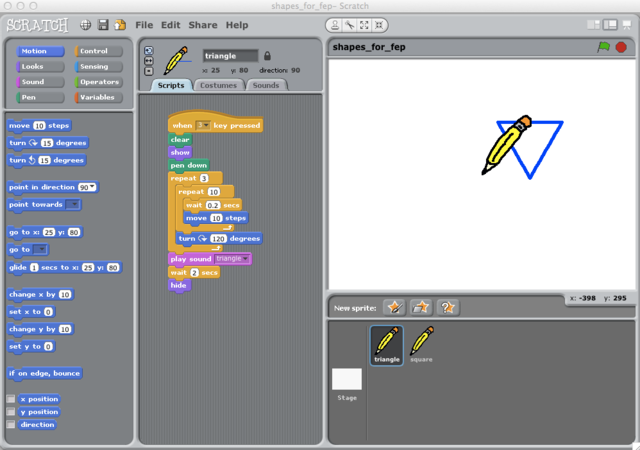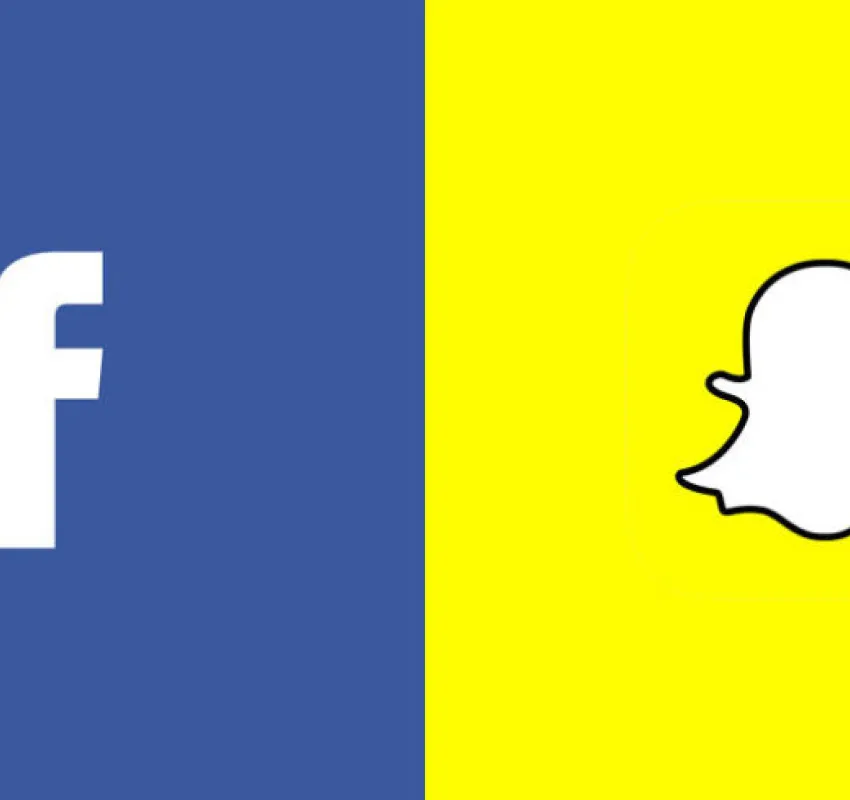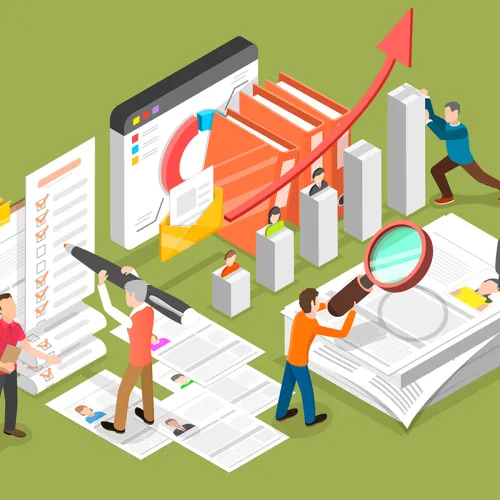Share
With a family of teachers (grandfather, father, mother, aunt and sister), I generally am the person at the dinner table interjections of education and technology. Thanks to my Computer Teacher of a father, we always get into some of the neatest forms on digital literacy and how to integrate it from Kindergarten onwards. While I generally am the one who spends her days reading Mashable and Wired, some of the coolest examples of EduTech come those fantastic humans.
K-8: Lego Coding
How cool is this! Lego Boost combines the block building that we’ve come to love from the Toy Giant with app-based coding. While it’s not going to be released until August 2017, it was debuted at CES 2017 and - no surprise - it has already generated a large following! Dependent on the block kits that you purchase (or the type of creation you make on your own!), you can interact with what is essentially a robot and create multi-step commands and movements.
9 - 12: Scratch

My love for Scratch has no end. Created by the Lifelong Kindergarten Group at the MIT Media Lab, Scratch is a object-orientated programming language. Essentially, you build code using blocks in relation to objects. You can use it to create animations, games, etc. without needing to learn complex languages. There are examples of Kindergarten kids using Scratch successfully but the best examples have come out of high school level computer classes.
Check out this fantastic tutorial below:
College: Personal API

While Davidson is known for being the place that led to the meteoric rise of Steph Curry (yes, THAT Steph Curry), it is also one of the front runners in postsecondary education in their adaptive uses of application program interfaces (APIs).
As described by Andrew Rikard, “A Davidson College API would let me, with a simple piece of code, give or request information around courses, faculty, credits or even currently empty campus computers. If I had access to Davidson’s API, I could then connect it to another Twitter bot that would let me tweet, “Computer lab X has a free computer” every time a computer opens up. I could create and publish an app that displays free computers around campus. API’s let you build, hack and remix current systems.”
How cool is that?!? Paired with a solid “Intro to APIs program during a student’s first semester, students could feel like they truly have control over all aspects of their learning. Think of the creative use of coding that non-CS students could create or the complex applications that groups of students could make together. This takes a practical approach to digital literacy and creativity in a postsecondary setting - and I, for one, am incredibly excited!


